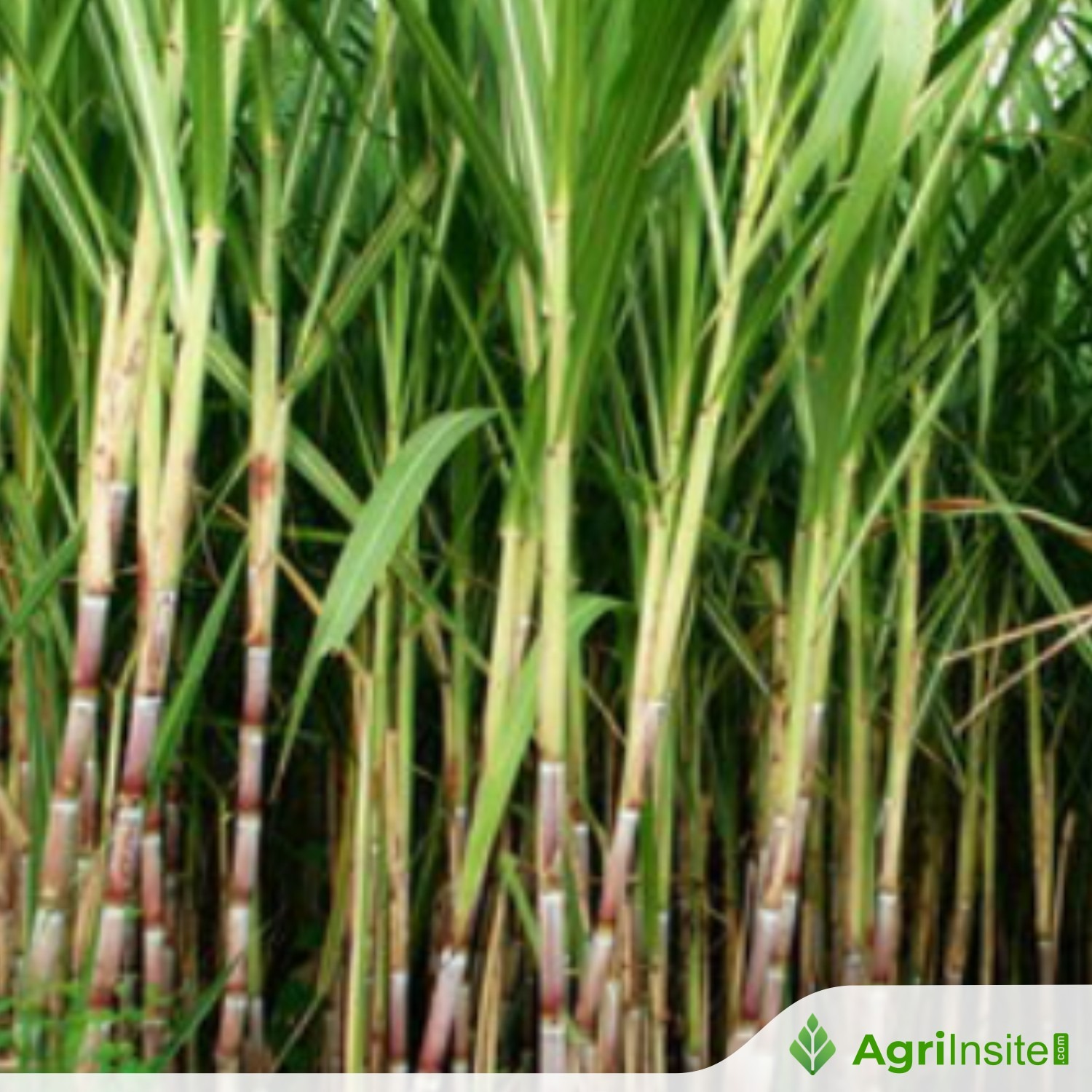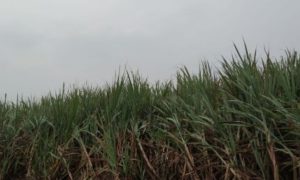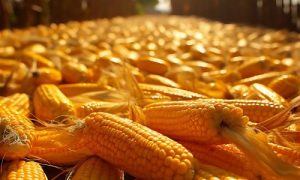Sugarcane no longer a sweet option for Andhra Pradesh farmers; cultivation area recedes by over 60% in 10 years

Andhra Pradesh’s sugarcane cultivation has sharply declined since 2014, dropping from 1.25 lakh hectares to 40,000 hectares in 2024. Farmers attribute this decline to high input costs, labor shortages, and the closure of sugar mills. Many have shifted to alternative crops like paddy and maize. With only 40% of the normal sugarcane area planted for kharif-2024, the state faces a significant reduction in sugar production and related industries.
Andhra Pradesh’s sugarcane cultivation has declined sharply since 2014, dropping from 1.25 lakh hectares to 40,000 hectares in 2024. Farmers blame high input costs, labor shortages, and the closure of sugar mills. Many growers have shifted to alternative crops like paddy and maize. The state now faces a severe reduction in sugarcane production and related industries.
VISAKHAPATNAM: Andhra Pradesh has recorded a steady decline in its sweetest crop, sugarcane, and its cultivation is expected to further decrease in the coming years. Sugarcane cultivation in the state hasn’t improved since 2014. Farmers cite high input costs, labour shortages, and the closure of sugar mills in the state as reasons for the significant drop in sugarcane cultivation.
Sugarcane was cultivated on 1.25 lakh hectares in Andhra Pradesh in 2014, and north coastal Andhra Pradesh (NCAP) emerged as the sugarcane region in the state. However, things have changed as many sugarcane growers have shifted to growing paddy, maize, and pulses due to the rising input costs of sugarcane cultivation. After years of decline, the sugarcane cultivation area decreased to 40,000 hectares in the state in 2024.
The latest statistics from the agriculture department indicate that only 40 per cent of the total normal area of the sugarcane crop (50,000 hectares) for kharif-2024 sowing has been completed in Andhra Pradesh.“Though sugarcane gives more returns when compared to paddy and other crops, the majority of the sugarcane growers shifted to other crops due to scarcity of labour, high cost of cultivation (especially for harvesting), and poor support from sugar mills, resulting in sugarcane cultivation in Andhra Pradesh declining to 40,000 hectares,” says Dr D Adilakshmi, principal scientist at Regional Agricultural Research Station, Anakapalle. Chittoor district in the Rayalaseema region and Anakapalle district in north coastal Andhra Pradesh (NCAP), considered the sugar bowls of the state, are in dire straits.Most of the sugar factories (cooperative and private) in the state have closed as the successive govts failed to resolve the grievances of management and farmers.
“With sugar factories in the state landing in trouble one after another, the cane growers from parts of the state are at their wits’ end as to when they would get their dues and who would buy their produce. A decade ago (in 2014), there were 29 sugar mills (10 cooperative and 19 private) in Andhra Pradesh, which came down to only five (one cooperative and four private) in 2024,” said Karri Appa Rao, president of AP Sugarcane Farmers Sangam. The closure of the sugar mills was one of the major reasons for the shrinkage in cane cultivation in the state.
As per the sugarcane crop concern, only some traditional jaggery makers are growing the sugarcane while others are shifting to other crops, said 62-year-old Appa Rao, who is also a sugarcane farmer in Anakapalle district.“I have shifted to paddy and maize from sugarcane as there were no takers for the sweet produce with the closure of the Bhimasingi sugar factory. Soon, the jaggery makers will shift to other crops due to a shortage of labour and high input costs,” said P Srinu, a farmer in Vizianagaram district. The input cost for the production of one tonne of sugarcane has increased to Rs2,800 to Rs3,000, and hence the govt should fix it at Rs4,500 per tonne; only then will sugarcane farmers be safeguarded, he added.
















